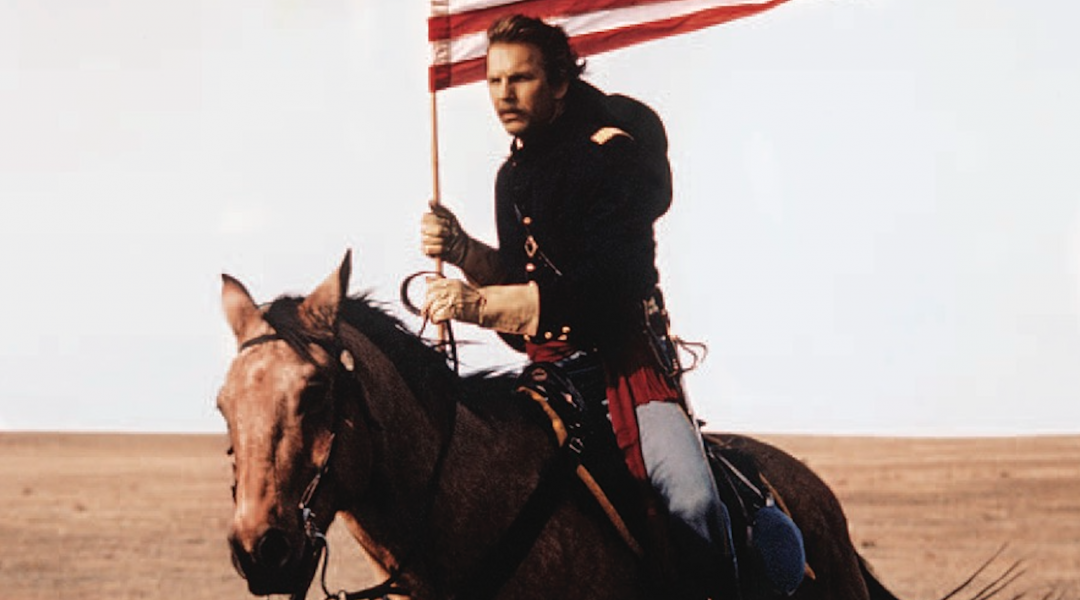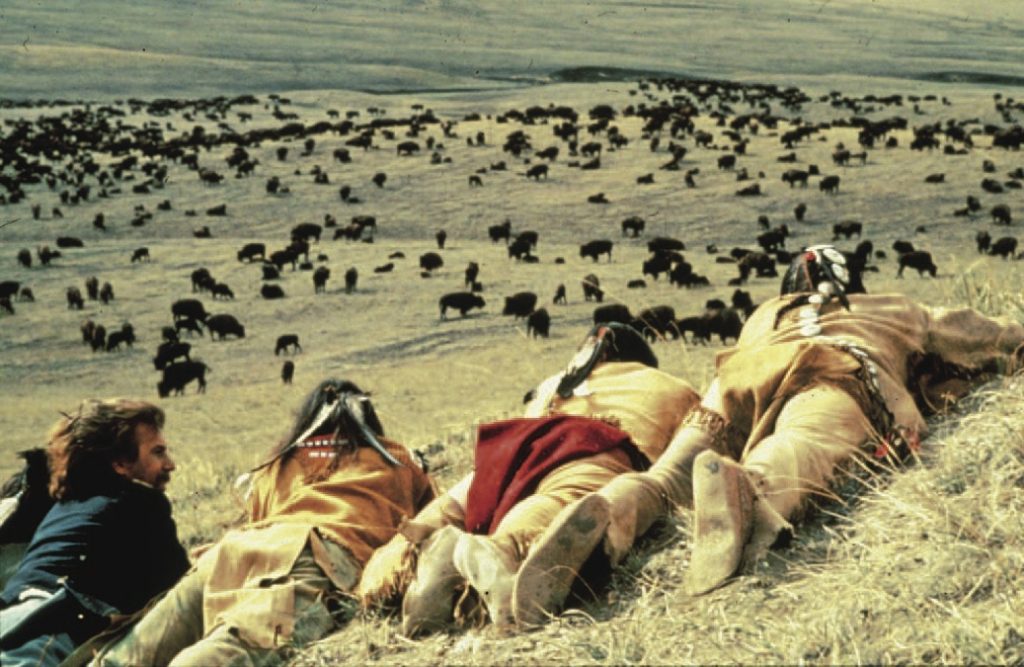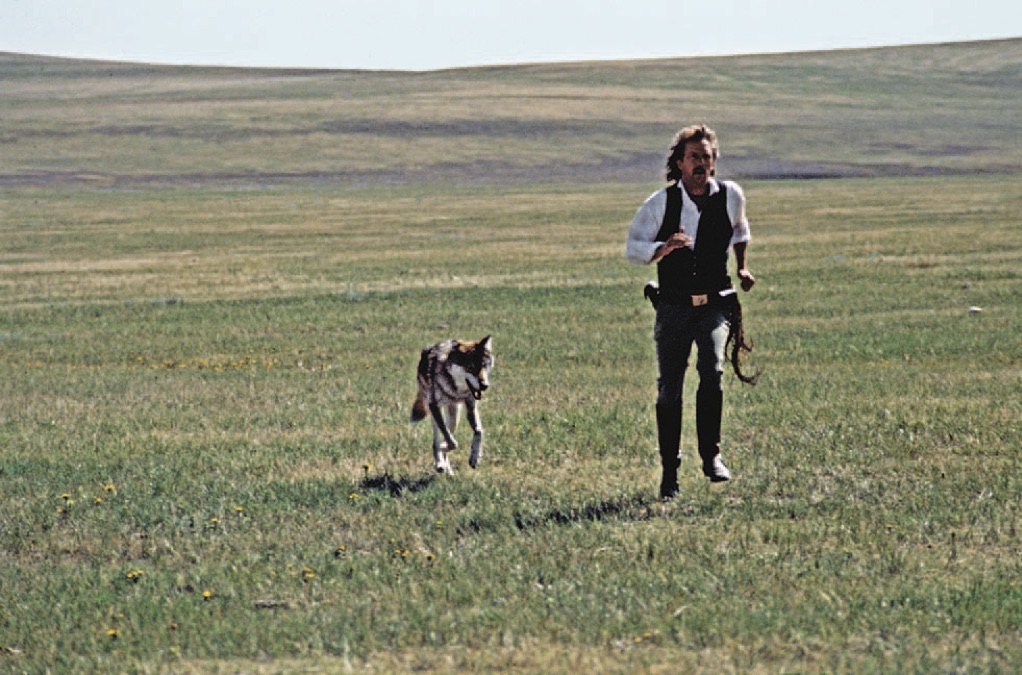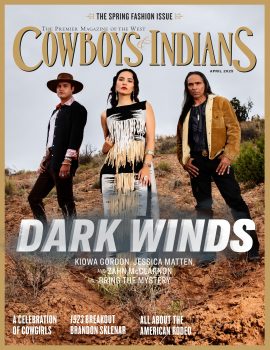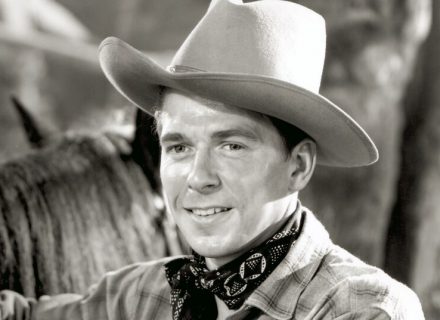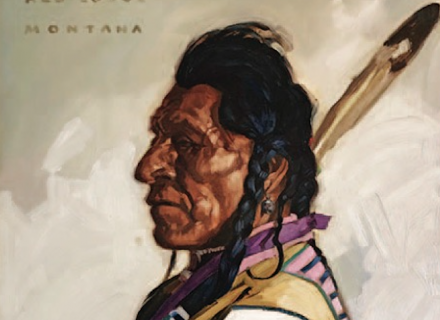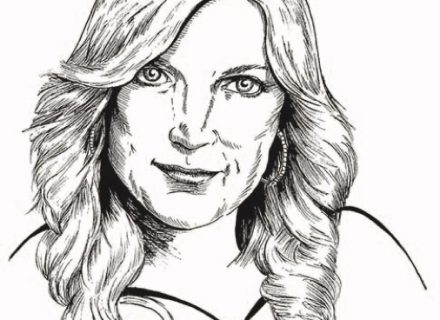Thirty years ago, against all odds, Kevin Costner’s masterful western hit theaters and went on to win the Oscar for Best Picture.
“Kevin’s Gate.” That’s how movie industry “experts” described Dances With Wolves prior to its release, especially after its star, Kevin Costner, had to invest $3 million of his own money to finish the film.
Bad enough he was making a western in 1990, when cowboy movies were as popular as the Exxon Valdez that had just crashed into Alaska. But a three-hour western with subtitled Indians where U.S. soldiers were the bad guys? A movie with such limited box office prospects that Costner directed only because no one else wanted the job? Talk about a bloated vanity project — and box office poison.
What no one figured on was the film being good. As in really good. As in $400 million box office worldwide and seven Academy Awards, including Best Picture, Best Director for Costner, and Best Screenplay for Michael Blake, who had been living out of his car while writing the book on which the film was based.
At heart, this is the redemption tale of John Dunbar, a suicidal Union Army officer befriended by the Lakota Sioux. He begins a new and better life in their company, one that becomes threatened by the Army he left and the Pawnees who are warring with the Sioux.
What made Dances With Wolves so groundbreaking was its portrayal of the Lakota and the attention to detail devoted to their lifestyle, culture, and language. For authenticity, Costner hired a teacher at South Dakota’s Sinte Gleska University to translate more than a quarter of the script into the Lakota Sioux dialect spoken in the 1860s.
Roger Ebert gave the movie four stars, describing it as “a simple story, magnificently told ... [with] the epic sweep and clarity of a Western by John Ford” and lauding it for seeing the Sioux “as people, not as whooping savages in the sights of an Army rifle.” The audience, he writes, gets to know many members of the Sioux tribe, especially Kicking Bird (Graham Greene, who was nominated for Best Supporting Actor); Wind in His Hair (Rodney A. Grant); and the old wise chief, Ten Bears (Floyd Red Crow Westerman). “Each has a strong personality; these are men who know exactly who they are ...”
“It’s a study of these people,” Wes Studi says. “You see them like you see other characters. You like them or dislike them for their own personalities. And they do have personalities, more developed than you’ve seen in previous films.”
Michael Blake, who passed away in 2019, chronicled the further adventures of Dances With Wolves and Stands With a Fist in his 2001 sequel novel, The Holy Road. A TV miniseries based on the book has been listed as “in development” for several years, but Costner has declined participation.
Would you settle for a remake? Check out James Cameron’s Avatar, still one of the highest-grossing films of all time. More than one film critic has dubbed it Dances With Wolves in Space.
Plus, we caught up with Wes Studi to discuss the film that, though only his second acting role, put him on the radar.
Where the Buffalo Roam
These days, a script calling for a buffalo stampede would be sent to the CGI department to create one on a computer. In 1990, the only option was to find a real herd. That took Kevin Costner and company to northern Stanley County, South Dakota.
The bison hunt scenes in Dances With Wolves were filmed at the Standing Butte Ranch. Its unspoiled rolling hills, creeks, and native prairie grasses — not to mention its thousands of buffalo — all looked in 1990 much the same as they did when Lewis and Clark’s Corps of Discovery surveyed Stanley County in 1804.
After being owned by the same family for half a century, the 46,000-acre ranch was scheduled to go on the auction block in parcels, but Ted Turner stepped in and bought the entire acreage in 2015.
Two Socks Was Two Wolves
Two Socks, a wolf character almost as famous as the one that menaced the three little pigs, was actually played by two wolves named Teddy and Buck. “I hated those wolves,” Costner confessed at a 2009 film festival appearance. They did not take direction well, causing the film to run weeks behind schedule. In the scene for which John Dunbar is given his name Dances With Wolves by the Lakota, Costner stuffed meat in his pockets to hold the wolves’ attention.
Photography: Images courtesy Pictorial Press LTD/Alamy Stock Photo, Moviestore Collection LTD, Orion/Ben Glass
From our July 2020 issue.






